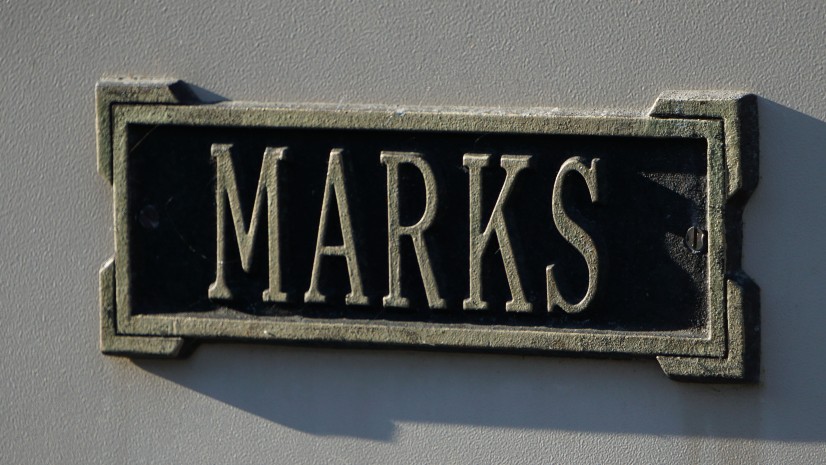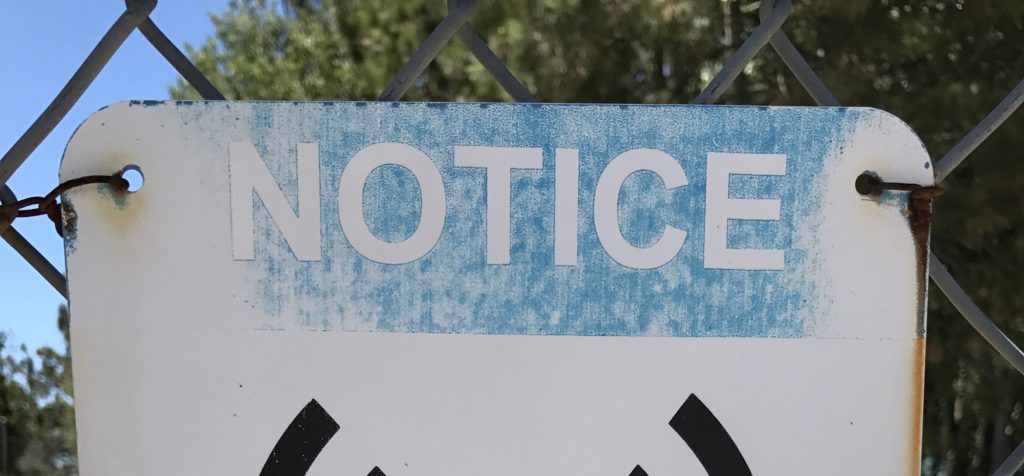
Indemnification provisions in technology agreements play a crucial role in protecting the parties involved in a technology transaction. These provisions are often included in agreements among technology vendors, customers, software developers, and other related parties to shift the risk of losses and legal liabilities from one party to another.
Picking up the tab
Indemnification is a legal concept that involves one party (the indemnitor) agreeing to compensate the other party (the indemnitee) for any losses or damages that may occur as a result of a specific event or occurrence. Similarly, a provision of this sort may provide that one party will “defend” the other party by retaining counsel and paying the costs of defense in court, as those costs are incurred. In technology agreements, indemnification provisions are often used to shift the risk of losses or damages that may result from a party’s breach of contract or negligence. Customers will often seek to insist that the vendor indemnify the customer in the event a third party files a lawsuit against the customer because the technology infringes that third party’s intellectual property rights.
The main purpose of indemnification provisions in technology agreements is to protect the parties involved from potential financial losses, legal liabilities, and other costs associated with legal disputes. For example, a contract may provide that if a software developer breaches a contract and causes a loss to the client, the indemnification provision would require the developer to compensate the client for any damages.
Key elements
Indemnification provisions in technology agreements typically contain several key elements, including the types of losses or damages that will be covered, the parties that are responsible for indemnifying the other party, and the time frame for indemnification to take place. It also often covers the notification requirements, the documentation and information that should be provided in case of losses or damages, and the limitation of liability.
Another key aspect of indemnification provisions is that they are often mutual, meaning that both parties are responsible for indemnifying each other in certain situations. This can help to ensure that both parties are protected in the event of a legal dispute, and it also helps to create a balance of risk between the parties.
Why bother?
Indemnification provisions in technology agreements play a vital role in protecting the parties involved from financial losses, legal liabilities, and other costs associated with legal disputes. It’s important for both parties to understand the concept of indemnification, the purpose of these provisions, and how they are typically used in technology agreements.
Evan Brown is a technology and intellectual property attorney in Chicago. Follow him on Twitter at @internetcases.










